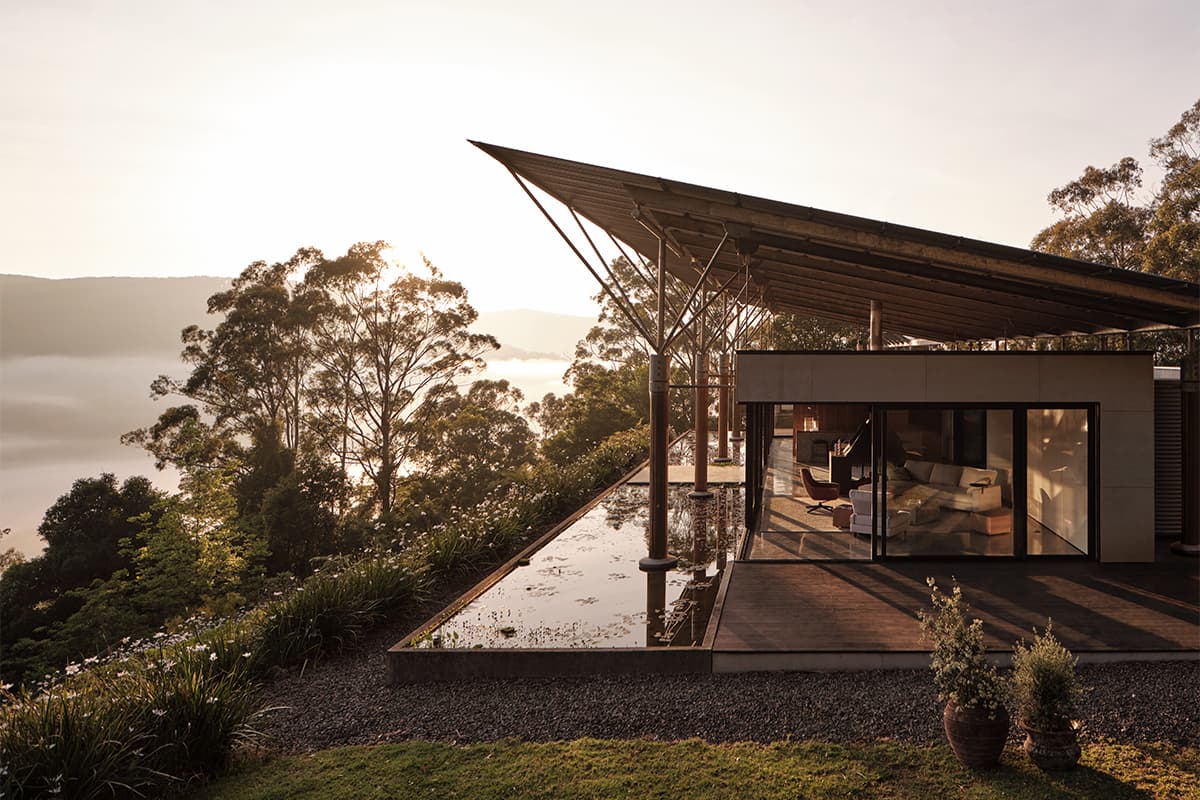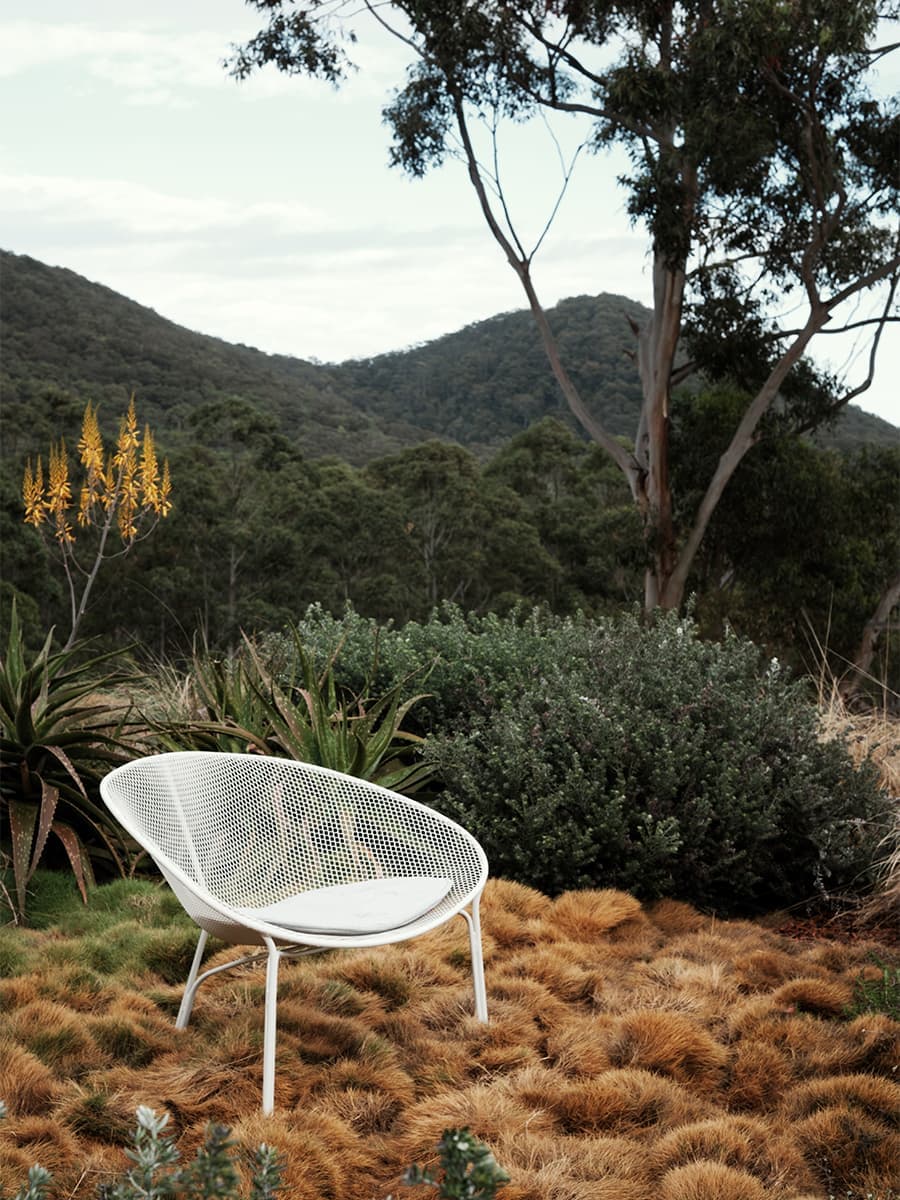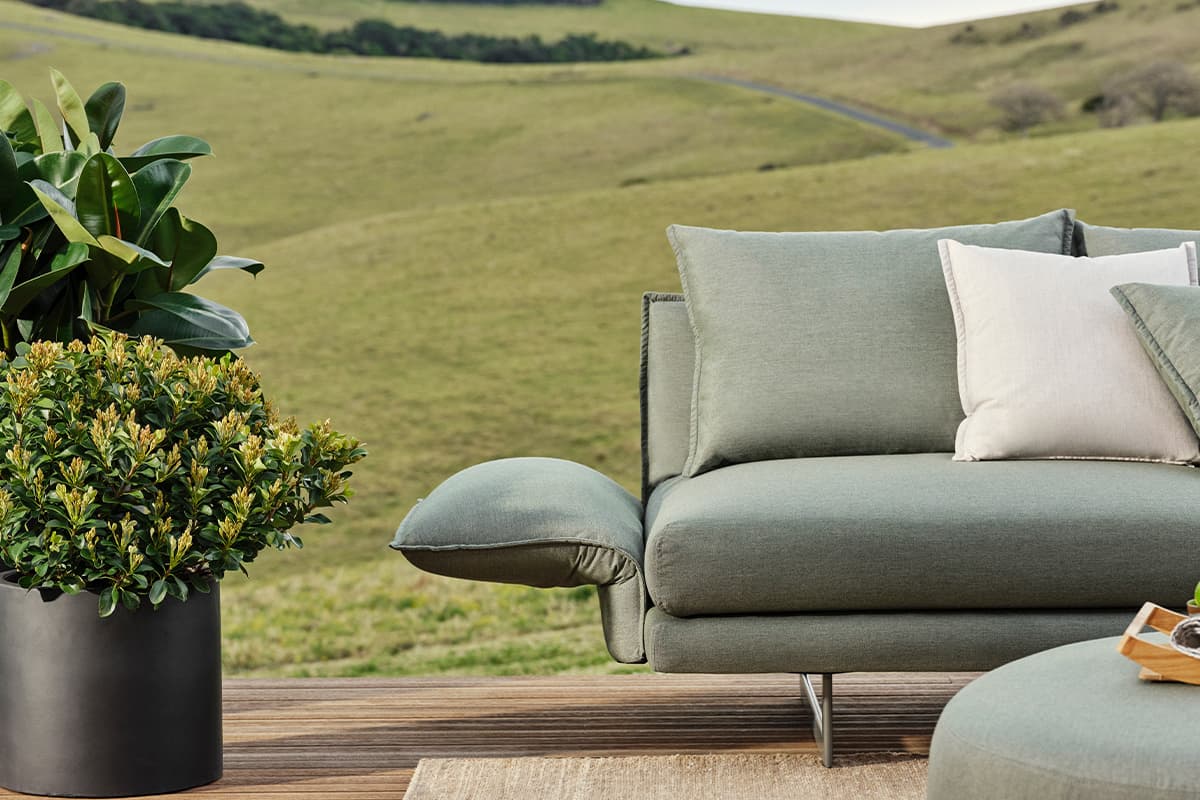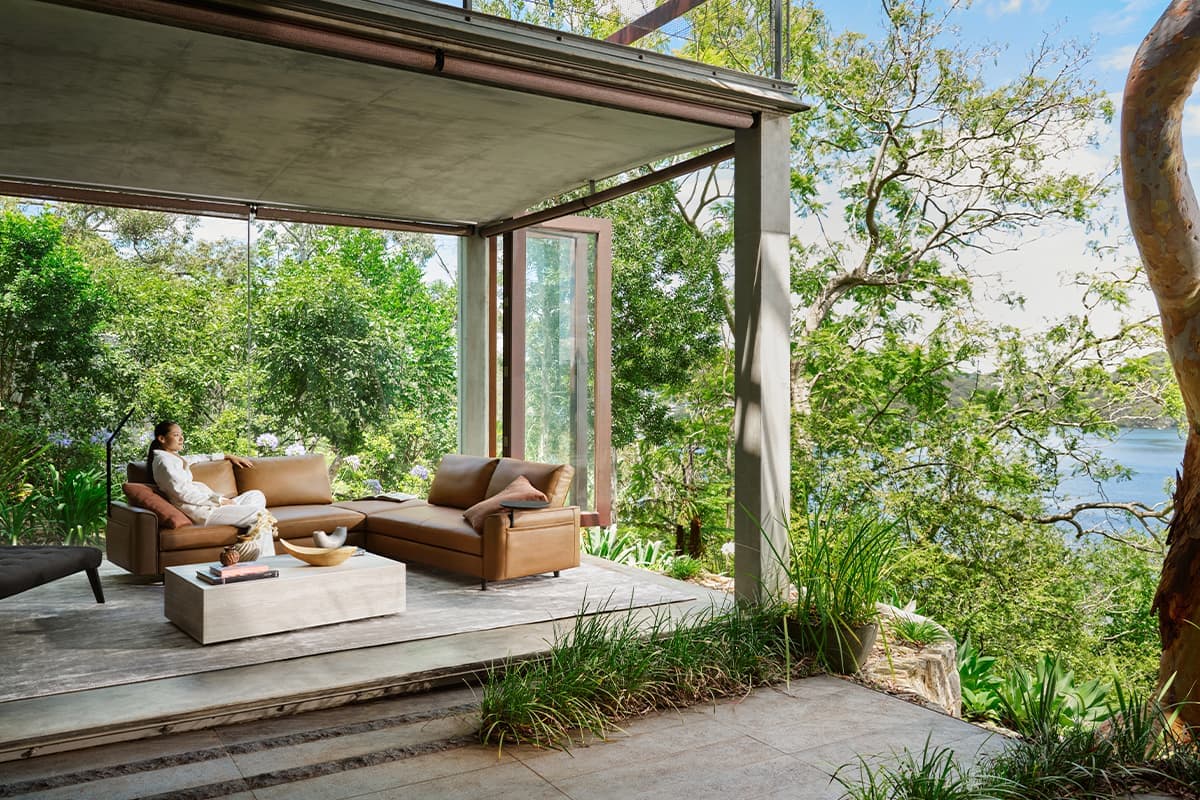
We are in an age of fast everything.
Mass-produced items destined for landfill are seen in every industry, from fast fashion and food to homewares and electronics. Durability is replaced for convenience, and timeless design is swapped for the latest trend.
The New York Times reported that sales on desks, chairs and patio equipment in the US during the pandemic increased by more than $4 billion from 2019 to 20211. The issue isn’t the extra furniture consumers are taking home, it's that much of this furniture is destined for a short lifecycle and ultimately built to end up in landfill.
As advocates for sustainable furniture built to last, this is an issue that KING is close to. This article will share the impacts of fast furniture and explore the pros and cons of buying more sustainable furniture.
What is fast furniture and how does this impact the environment
Fast furniture refers to inexpensive designs created to have a short lifecycle. It's the same concept as fast food – an immediate need is satisfied, but there is no long-term sustenance.
In the US, more than 12 million tons of furniture is thrown out annually, and this waste has grown 450 percent since 19602. In Australia, office furniture and fittings alone in Sydney account for an estimated 55,000 tonnes of office strip out waste - desks, chairs, ceiling tiles, whitegoods or blinds annually3.
Every item produced requires resources and has an environmental impact. And with furniture, many materials don’t biodegrade or break down which only exacerbates the landfill problem.
Landfills can impact air, water, and land quality. And landfill gas contributes to global warming when released into the air, which has an enormous impact on climate change4.
The only way to reduce these impacts is to consume less, buy better, and choose companies dedicated to producing items built to last.
What is a circular economy and how does this reduce waste
Producing and consuming is part of our world and society. There are things that we need as humans. Part of working on a solution lies in creating a circular economy. This model involves keeping products in circulation through reusing, repairing, and refurbishing items, which then reduces waste and pollution.
The opposite of a circular economy is a linear economy, where products are created, like fast furniture, which are destined to become waste due to their design and manufacturing process.
To improve our systems, we need to consider how we manage resources, how we make and use products, and what happens to the materials at end of life. This is the way forward in reducing our impacts on the environment.
What does carbon footprint mean and how does this affect our environment
Carbon footprint refers to the amount carbon dioxide (CO2) emissions released into the atmosphere as a result of all activities of a particular person, organisation, or community5.
For individuals this can be anything from actions like driving your car and buying food that has been imported to the electricity your hairdryer uses.
Transportation is one of the largest contributors to carbon footprints, and as the vast majority of the world's furniture coming from China, this is a major environmental issue.
In 2020, China's furniture export value exceeded 69 billion U.S. dollars, with Poland following far behind, exporting approximately 12.8 billion U.S. dollars' worth of furniture that year6.
Reducing carbon footprint requires action by both individuals and businesses in order to make necessary changes. At KING, we acknowledge that many challenges exist in our supply chain, and continual work is needed to reduce our carbon footprint.
What are the pros and cons of buying sustainable furniture
All purchasing decisions come with pros and cons and it’s important to weight that up. Understanding the benefits of sustainable furniture for both you and the environment can help you in this decision-making process.
Benefits of sustainable furniture
- Durability and longevity – with more sustainable furniture comes greater longevity and quality. Products are designed and manufactured with the intention to last.
- Emotional durability – we form an attachment with furniture that lasts. It collects memories through the ages and becomes part of our life and is something we can keep for generations.
- Timeless appeal – sustainability and timeless style often go hand-in-hand.
- Options for refurbishment and repair – many companies who focus on creating more sustainable options for their customers will offer care, repair and refurbishments services to extend the life of their products. On the other hand, Fast furniture is often relatively cheap to buy, but almost impossible to repair or refurbish leading to an expensive, wasteful cycle of buying and throwing out.
Drawbacks of sustainable furniture
- Longer lead times – compared with fast furniture that is often ready-to-ship, it can take longer for custom or more tailor-made designs. During the pandemic, this was even more of an issue with lead times rapidly increasing; in some cases, items were taking months to receive.
- Affordability – it would be remiss not to acknowledge the higher price point of more sustainable and durable furniture. Sometimes it’s simply not possible to invest in the initial cost. Refurbished and second-hand furniture is a great alternative.
- Less trend-focused options – because of its short lifecycle, fast furniture often comes in the latest styles and trends, which can be very appealing. More sustainable designs will typically feature a more timeless aesthetic.
Like any large purchase, there is the weighing up of spending more now on quality to save later by not needing to replace that item so quickly. Researching brands, reading reviews and learning about the quality of a product takes time. But it is well worth the investment.
Are you ready to learn about sustainable furniture design?
Whether you’re used to switching furniture every time you move apartments, or your entire home is filled with second-hand furniture, learning about sustainable furniture design can help you to find furniture you love that will last.
At KING, we are advocates for sustainability and we aim to continually improve, reinvent, evaluate, and adapt in every way we can to keep moving toward our vision of being a global leader in sustainable furniture design and manufacture.
For more information, you can learn more about KING sustainable furniture design or learn about the Top 6 Hallmarks of Quality furniture design.

















